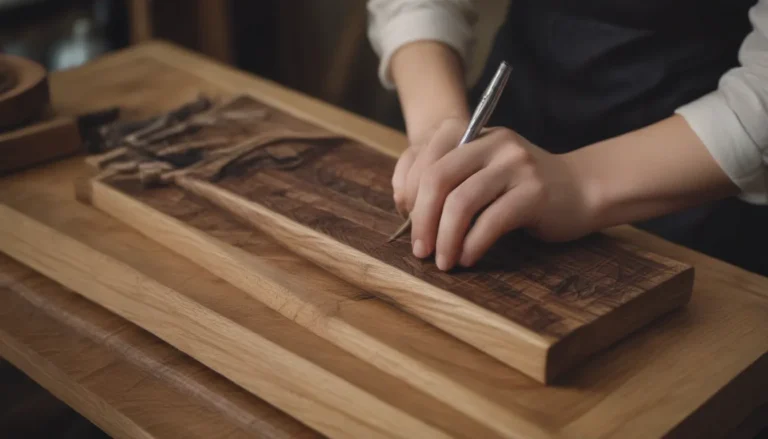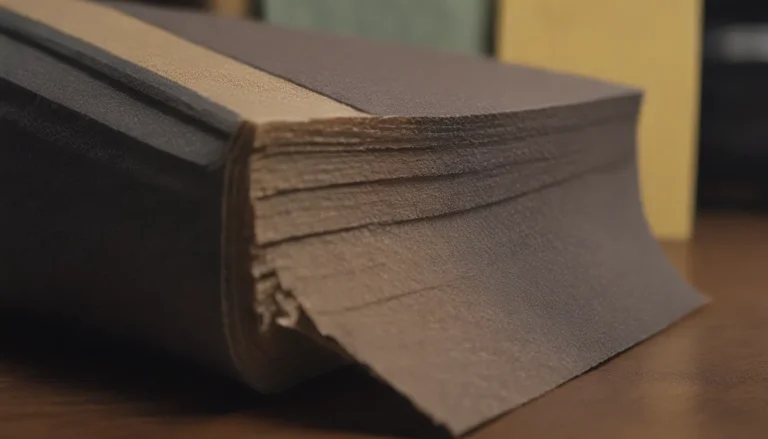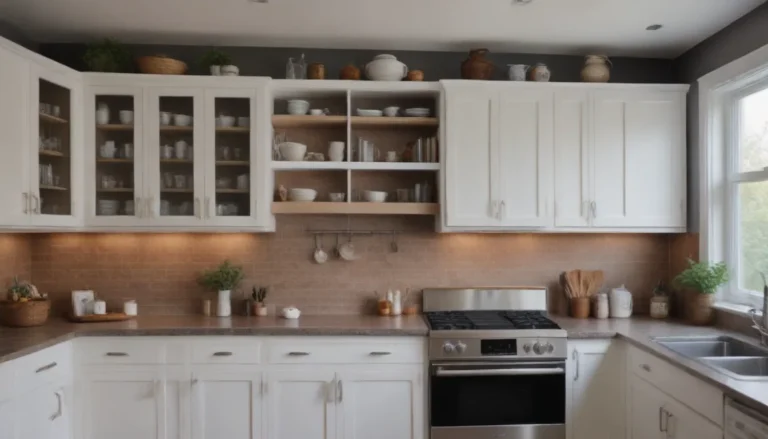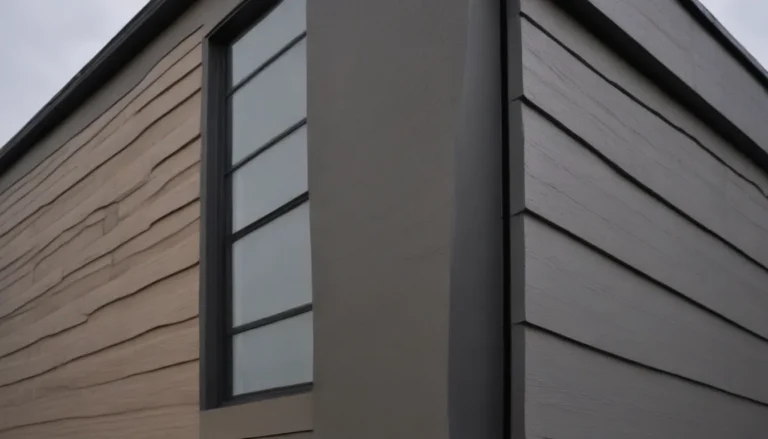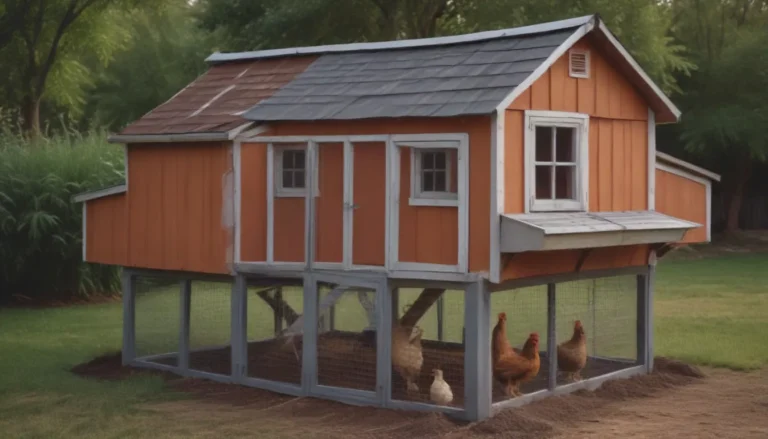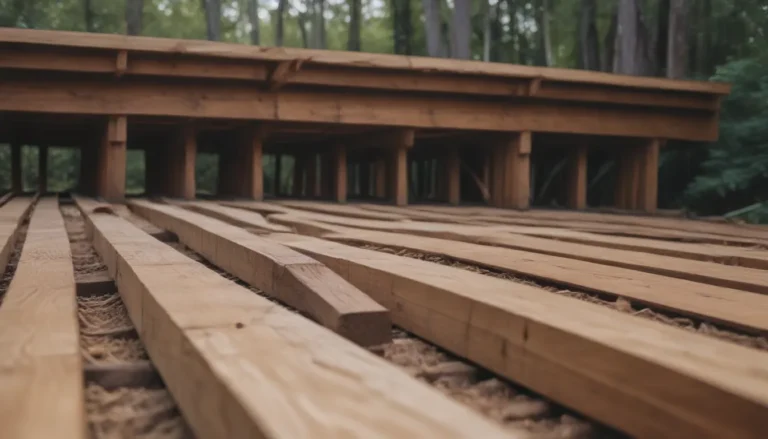Everything You Need to Know About Drain Traps

If you’ve ever taken a peek beneath your kitchen or bathroom sink, you’ve probably noticed a peculiar U- or S-shaped pipe known as the drain trap. The name may seem odd at first, but understanding the role of this component is crucial to maintaining your plumbing system. Drain traps serve a vital function in keeping your home free from unpleasant odors and potentially harmful sewer gases. In this comprehensive guide, we will delve into the inner workings of drain traps, offer maintenance tips, discuss how to address common issues like clogs, and provide solutions for dealing with odors emanating from your drains.
Understanding the Function of Drain Traps
At its core, a drain trap is designed to retain a small amount of water each time the sink drains. This water forms a seal within the curved portion of the trap, preventing sewer gases from escaping back into your home. Whether it’s a sink, shower, bathtub, or even a washing machine, every plumbing fixture in your house is equipped with a drain trap for this very reason. Even the porcelain configuration of your toilet includes an internal trap to fulfill the same purpose.
Dealing with Drain Trap Odors
If you ever detect a foul smell emanating from a drain in your home, chances are the trap may have dried out. When the trap is devoid of water, sewer gases can escape, leading to unpleasant odors. This issue is easily remedied by simply running water down the drain to refill the trap. While the smell can be bothersome, it is generally harmless. However, it’s essential to address the problem promptly to maintain a pleasant living environment.
Locating Drain Traps in Your Home
Drain traps are present in virtually every plumbing fixture within your home, including toilets, sinks, showers, tubs, and washing machines. These small but essential components play a significant role in ensuring the smooth operation of your household fixtures. Here’s where you can find drain traps in different areas of your home:
Toilet: Located within the base of the toilet, the trap prevents sewer gases from escaping into the bathroom.
Sink: Typically found beneath the sink, the trap not only seals off sewer gases but also catches small objects that may accidentally fall down the drain.
Showers and Tubs: Positioned below the drain, the trap helps maintain a barrier against sewer gases while allowing water to flow freely.
Washing Machine: The trap in the washing machine drain prevents debris and solids from entering the plumbing system, ensuring proper drainage.
Pro Tip: Sink traps are especially handy for retrieving valuable items that may have slipped down the drain. You can easily dismantle the trap to recover lost items, such as rings or jewelry.
Exploring Different Types of Drain Traps
Several types of drain traps are utilized based on the specific plumbing fixture. Let’s take a closer look at some commonly used types and their respective functions:
P-Trap: The most common type of drain trap, the P-trap creates a water seal to prevent sewer gases from entering the home.
S-Trap: Similar to the P-trap, the S-trap is used in certain applications to maintain the water seal within the drain.
Q-Trap: This variation of the trap design is less common but serves the same purpose of trapping water to prevent gas leakage.
Bottle Trap: Often used in smaller spaces, such as bathroom sinks, the bottle trap is compact yet effective in sealing off sewer gases.
Intercepting Trap: This type of trap is typically installed outside the building to intercept sewer gases before they enter the drainage system.
Maintaining Your Drain Traps
Regular maintenance of drain traps is essential to prevent issues such as clogs and odors. Here are some key maintenance tips to keep your drains in optimal condition:
- Use all drains in your home at least once every couple of weeks to keep water in the traps and prevent them from drying out.
- When traveling or going on vacation, consider sealing drain openings with plastic wrap to prevent sewer gas intrusion.
- For extended periods away from home, shut off toilets and cover drains with plastic to maintain the water seal in the traps.
Remember, every drain in your home presents an opportunity for sewer gases to escape, so it’s important to ensure that all traps are functioning properly. If you encounter a clogged drain, simply disconnect the trap, remove any debris, and reattach it to restore proper drainage.
In conclusion, drain traps play a vital role in maintaining a healthy and functional plumbing system. By understanding how they work, where to find them, and how to maintain them, you can protect your home from unpleasant odors and potential health hazards. So, the next time you spot that U- or S-shaped pipe beneath your sink, you’ll know that it’s more than just a curious plumbing fixture—it’s a crucial component in keeping your home safe and comfortable.
